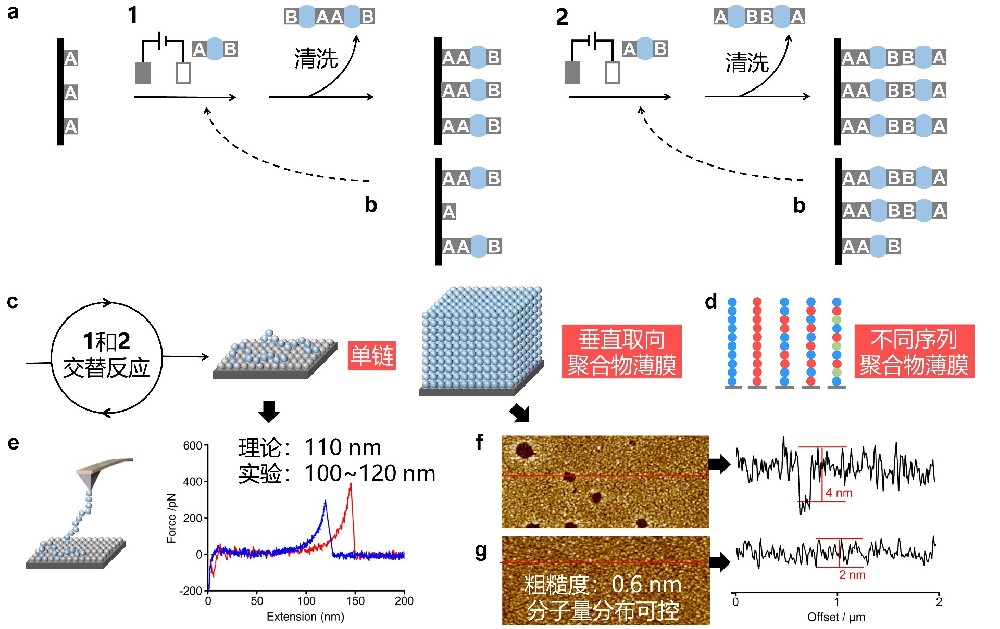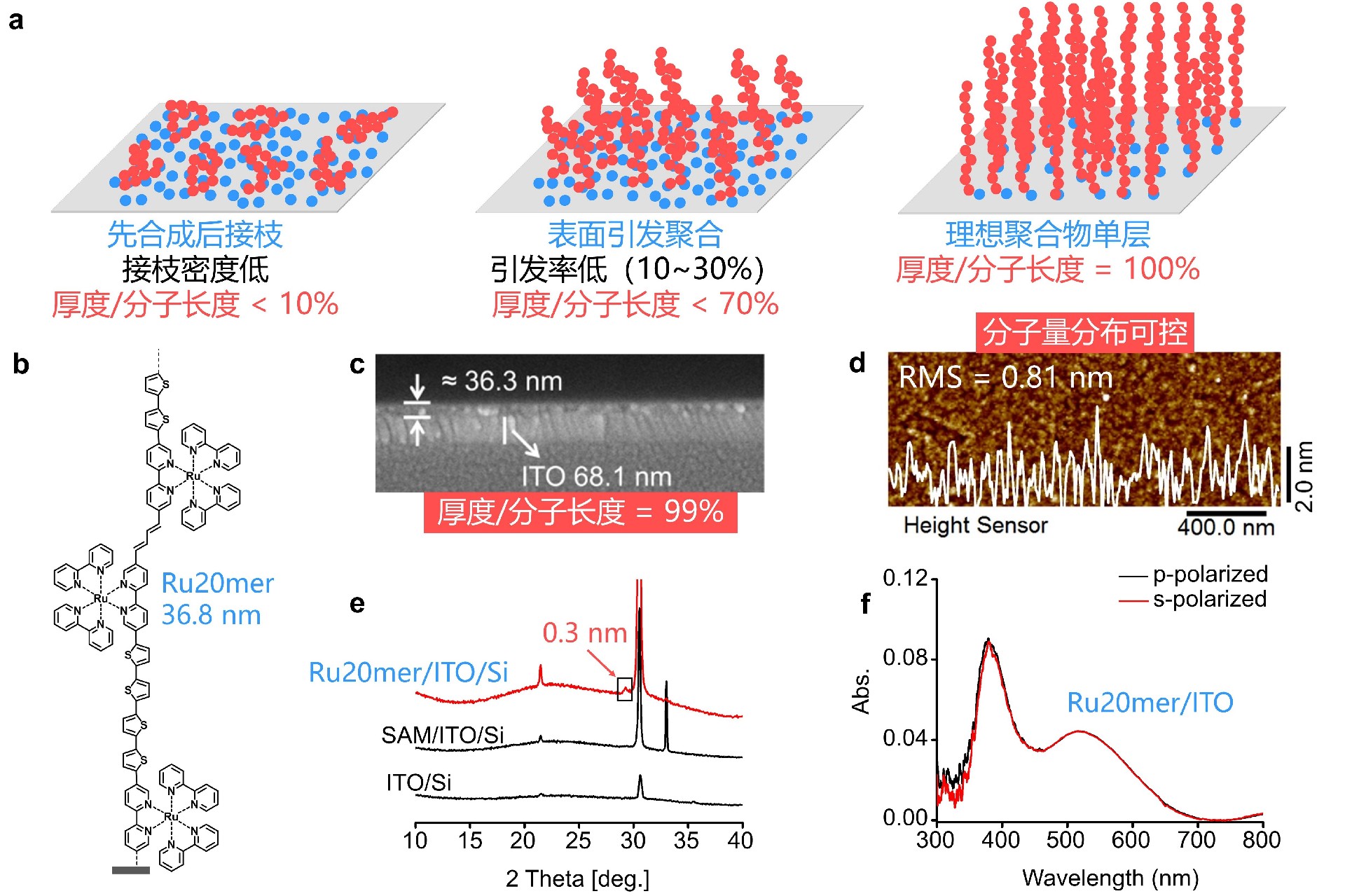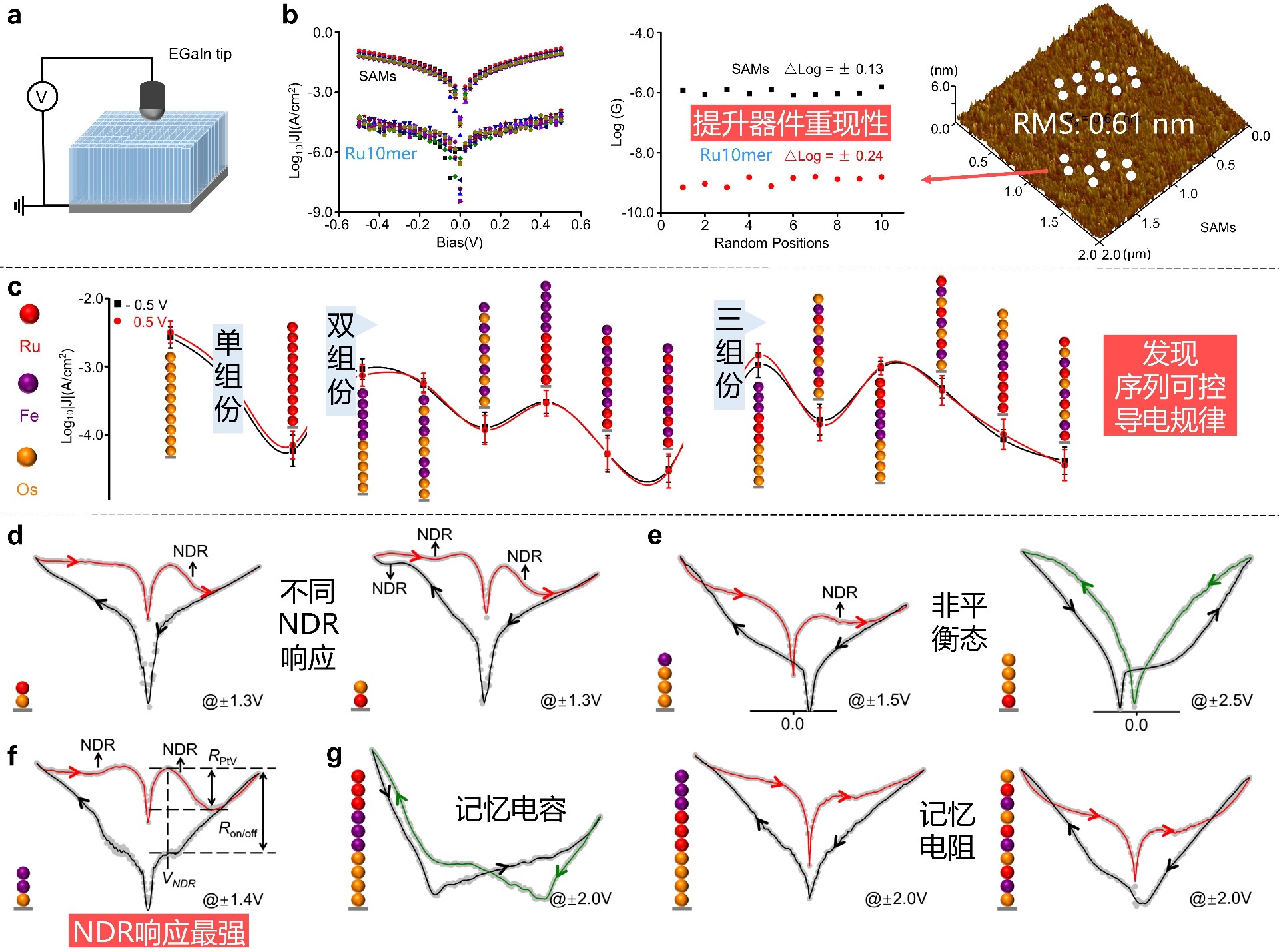Electrosynthesis employs electrons as a powerful, controllable, and traceless alternative to chemical oxidants or reductants. It generally offers more sustainable options compared to conventional redox reactions and can sometimes achieve superior selectivity. Thermodynamics and kinetics at the solid-liquid interface can be enhanced, while electrochemistry also simplifies purification and post-treatment processes. Our approach particularly emphasizes understanding the synthesis of electroactive and photoactive polymers through electrochemical methods. The solid-phase electrosynthetic technique developed in our group enables real-time monitoring of molecular growth while producing complex compositions and sequences of monomers, coupling reactions, and ions within non-, d-π, and π-π* conjugated polymers. Recent updates on our group's research activities, focusing on solid-phase electrosynthesis, are available in our publications. A brief introduction to each example of recent projects is provided below.
Keywords: solid-phase electrosynthesis, iterative synthesis, sequence-controlled synthesis, precise synthesis, metallopolymer, polymer monolayer, end-on polymers, polymer brush, negative differential resistance effect, organic mixed ionic-electronic transport, memristor
(1) Solid-Phase Electrosynthesis (Electrochemical Iterative Synthesis, Precise Synthesis, Polymer Orientation)

Fig. 1 Solid-phase electrosynthesis.
Acc. Chem. Res. 2023, 56, 3694.
(2) Vertically oriented conjugated metallopolymers as two-dimentional nanoarchitectures

Fig. 2 Nanoarchitectonics on electrosynthesis and assembly of conjugated metallopolymers.
Angew. Chem. Int. Ed. 2023, 135, e202311778. hot paper
(3) Sequence-Controlled Conductance and Memristive Functions of Metallopolymer Monolayers

Fig. 3 Composition and sequence-controlled conductance of crystalline unimolecular monolayers.
Sci. Adv. 2023, 9, eadh0667.
